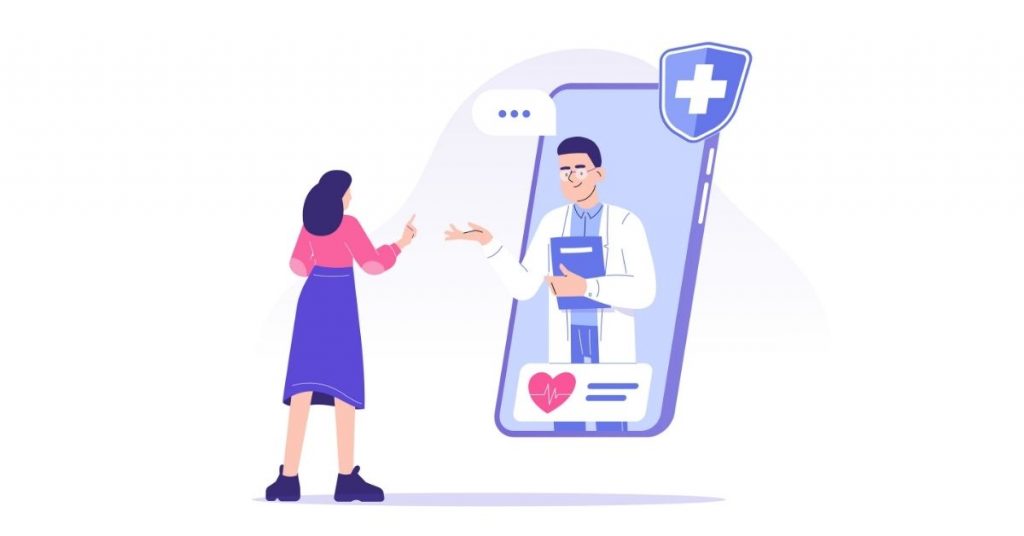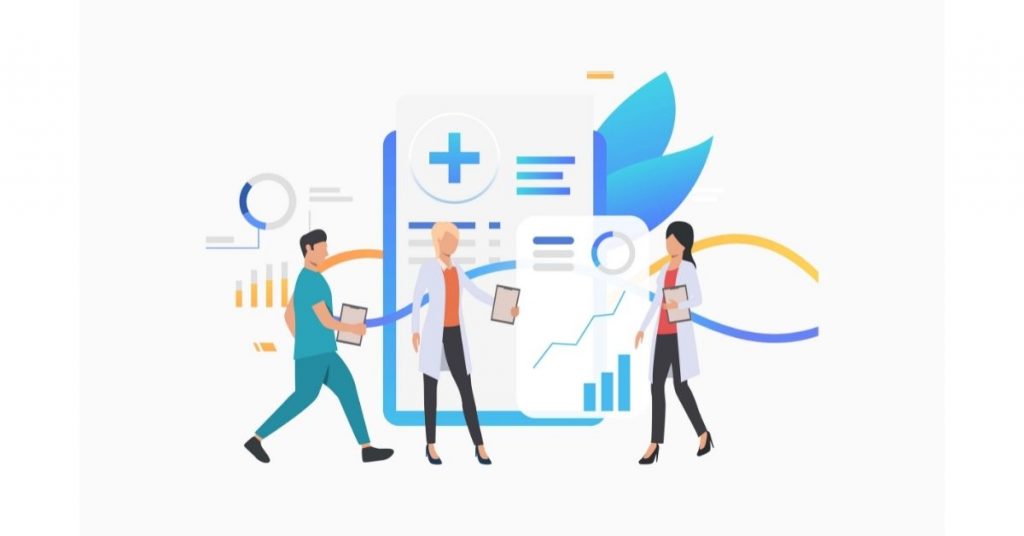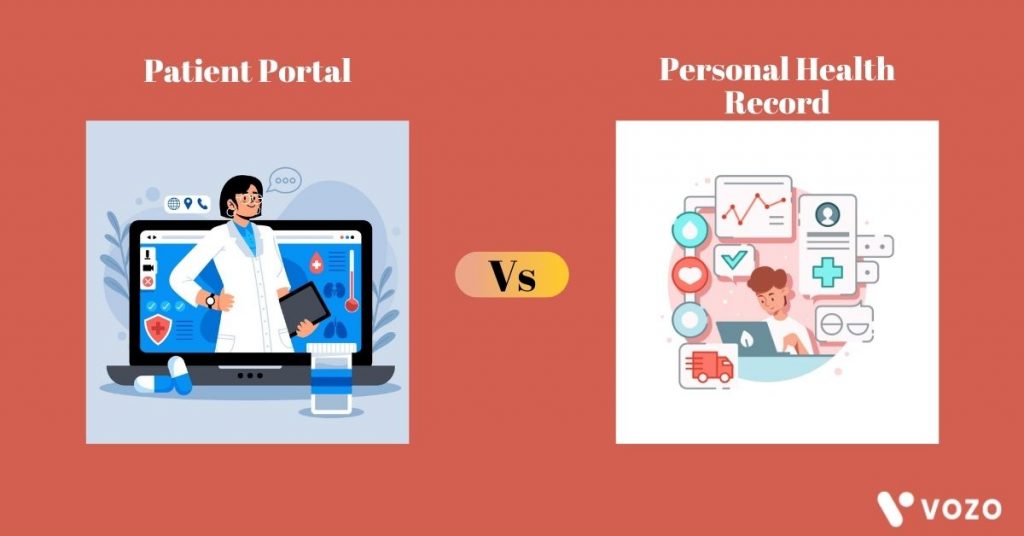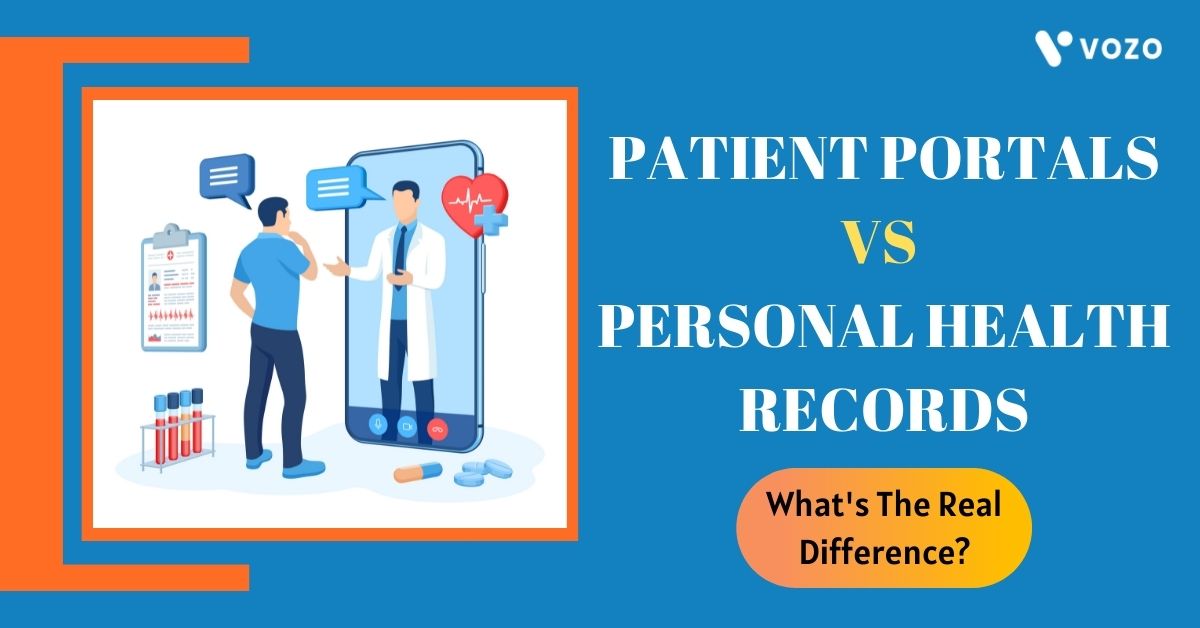Patient Portal Vs Personal Health Records: What’s The Real Difference?
Solutions that make an access and work easier for people are the most preferred ones, right? Too when it comes to healthcare, patients prefer at-home or easily accessible facilities with the utmost protection. Many platforms facilitate patient portals and personal health records now because of this same reason.
Patient portals and personal health records help to improve the primary target- “patient engagement” with the help of many shared features. The common factor between the two is that they enable patient data access.
Both are very useful to boost the engagement of patients and practitioners, but it can be hard to differentiate between the two especially when both tools have many intersecting features, making providers use the terms interchangeably.
But if you take a closer look, you can find out some of the minute differences that should be kept in mind by the patients and the providers so that depending upon the need and situation, they can choose whatever suits them.
Here we are going to discuss the meaning of patient portals and personal health records, the key features that part and join them, the reason why you should choose one over the other, and whether they are making any difference in the overall patient experience.
What Is A Patient Portal?

Patient portal software allows the users to get access to their medical-related information, provided by their physicians and hospitals/clinics.
This software is mainly dealt with, by the patients or the users, to get hold of their medical records, manage appointments with their physicians, review discharge summaries, lab results, medical prescriptions, allergies, lab results, etc., using an internet connection and a medium.
Patient portals reduce the time taken for reaching the user records, thus saving their ample productive time, which they can invest in other useful chores.
What Is A Personal Health Record?

A Personal Health Record (PHR) is a health record where health data and other information related to the care of a patient is maintained by the patient.
This stands in contrast to the more widely used electronic medical record, which is operated by institutions (such as hospitals) and contains data entered by clinicians (such as billing data) to support insurance claims. A PHR intends to provide a complete and accurate summary of an individual’s medical history which is accessible online.
The health data on a PHR might include patient-reported outcome data, lab results, and data from devices such as wireless electronic weighing scales or (collected passively) from a smartphone.
Patient Portals Vs Personal Health Records: Comparing The Two

Personal health records are patient medical records maintained by them. The records contain information like the doctor’s name and their contact information, allergy lists, medication lists, patient’s history, vaccination records, chronic conditions if any, family histories, etc.
Patient portals are different from the PHRs as they are bounded to the clinician’s side of EHR. These portals like the PHR facilitate access to patient data like lab results, tests, and clinical notes as of spring 2021, by the patients. Patient portals are now being integrated with EHR and the overall software suite.
The important note here should be those patient portals came to fame as a part of meaningful use (MU) requirements.
RELATED: How Vozo Patient Portal Addresses Meaningful Use
Also, the functionality of the patient portal is a little wider-ranging than that of PHRs. Many patient portals allow their patients to schedule appointments, message providers securely, and request prescription refills, at the minimum. Some others have gone advanced and allow patients access to even chronic care management and other patient engagement-centric activities.
This May Lead To The Important Question: What Should One Choose?

Both patient portals and personal health records have their positives and negatives. Choosing which one is suitable depends on one’s needs, requirements, goals, and situations.
A simple explanation for this is that everything is interrelated. A PHR connected to an EHR leads to the functions of a patient portal. For example, a blood pressure reading taken at one’s home can be added to one’s record through a patient portal. In that case, the need for a separate PHR is not necessary.
The added benefit to patient portals is that they can be integrated into a clinician’s EHR so that the patient does need not to manage the health information entered digitally. A patient may have access to multiple numbers of patient portals at any time, according to the number of healthcare providers they see.
That’s why some leading organizations have created digital tools that free patients from feeding their lab results individually each time. These tools let patients plug in their portals using Application Programming Interfaces (APIs). APIs also allow the patients to connect to any third-party patient engagement apps.
The Era Of Patient Data Access

The world is now changing to “the age of patient data access” as per experts. Patients have become more curious about their health and want to access their health records and personal health data to improve their lifestyles and outcomes.
Granting access to their health data will ensure the elimination of malfunctions. Patients can check the legibility of the data being entered by them and their doctors, notice and report any errors, participate in the clinical decision making, review their prescribed drugs and medications, keep hold of their medical history at all times, etc.
Visit VozoEHR for availing the best patient portal software online. Our patient portal software helps practices to empower their patients with advanced portal features including secure messaging, appointment schedules, lab reports, family access, record consultations, e-prescribing, and a healthcare blog to take charge of their health.
Vozo’s patient portal can be easily integrated with a practice’s EHR system which improves their practice workflow and boosts productivity. If you, as a practice doubt your current EHR system, switch to Vozo’s smart EHR and integrate our patient portal for better patient care.
Whether you are a small or large healthcare practice, our cost-effective patient portal integrated EHR software helps you to achieve greater success in the healthcare marketplace – not only today but also in the future. Wait for none. Visit us now.
“Let’s work together with the best patient portal and increase your patient engagement”
About the author

With more than 4 years of experience in the dynamic healthcare technology landscape, Sid specializes in crafting compelling content on topics including EHR/EMR, patient portals, healthcare automation, remote patient monitoring, and health information exchange. His expertise lies in translating cutting-edge innovations and intricate topics into engaging narratives that resonate with diverse audiences.













